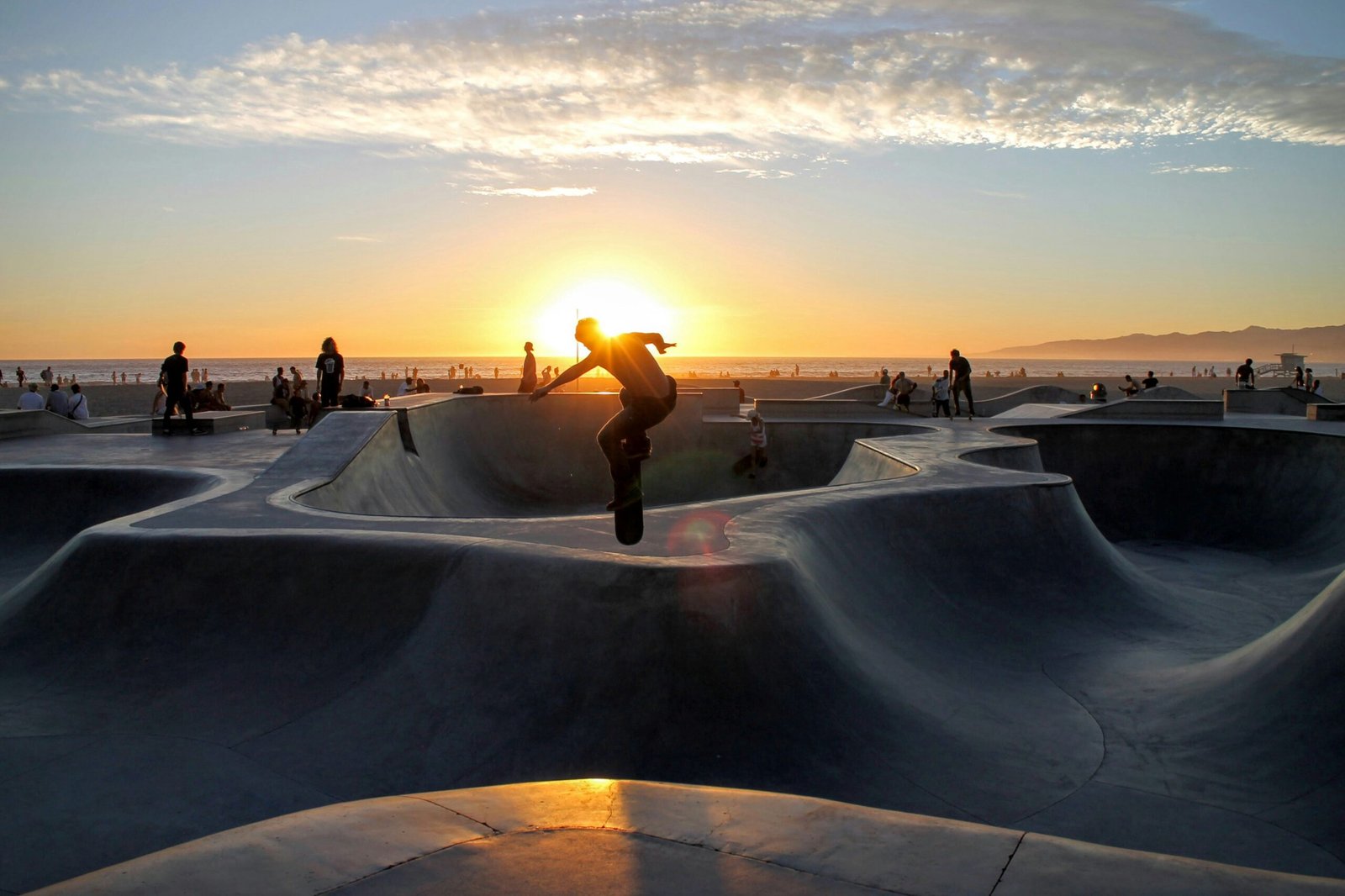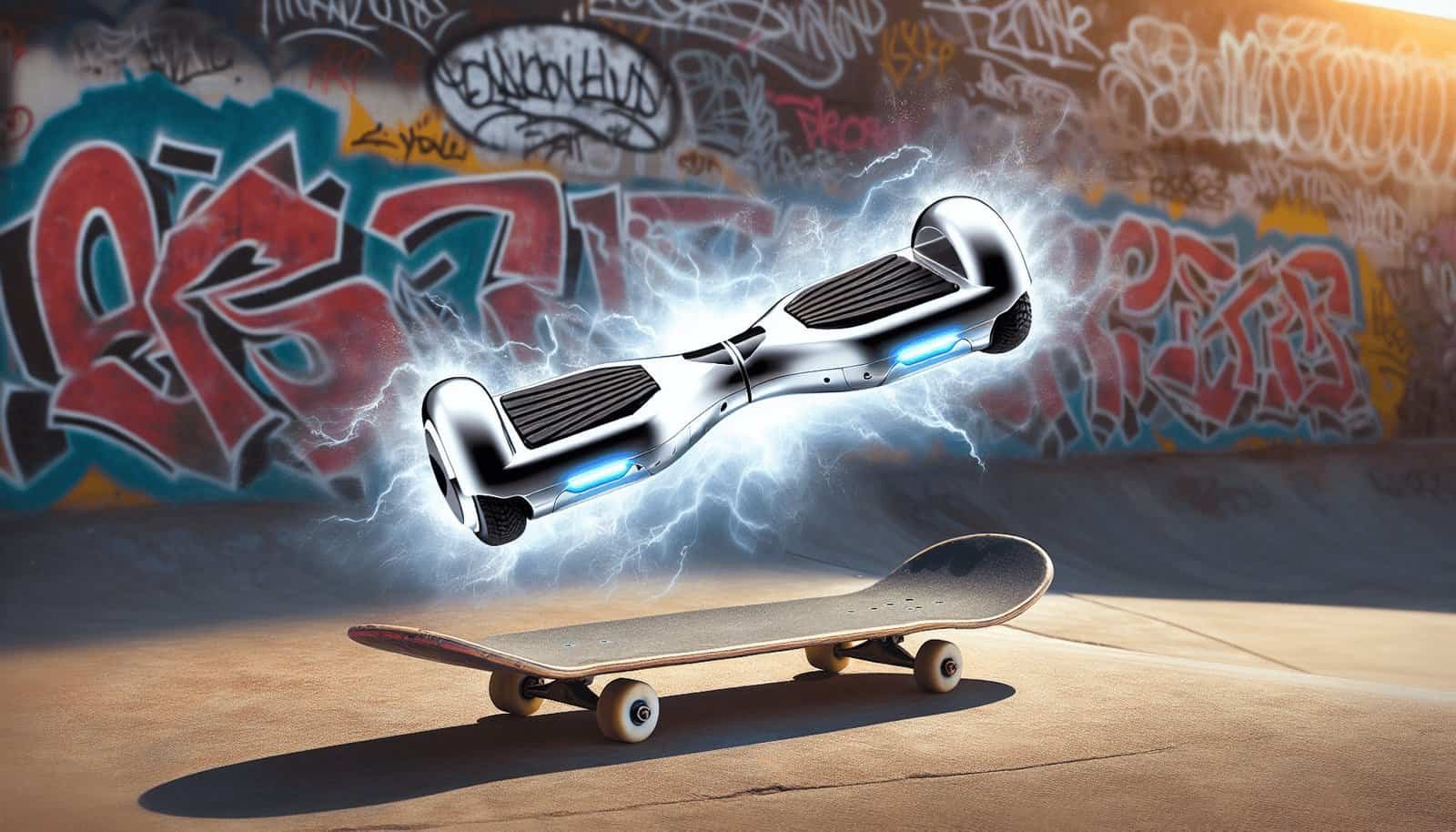Have you ever wondered how the advent of hoverboards has influenced the well-established culture of traditional skateboarding? As you navigate through this exciting comparison, you’ll discover how these high-tech gadgets have either meshed with or radically shifted the dynamics of a subculture that has thrived for decades. So, let’s peel back the layers and find out how hoverboards have impacted traditional skateboard culture.
The Rise of Hoverboards
Hoverboards, also known as self-balancing scooters, have become a popular mode of transport and entertainment. Introduced in the mid-2010s, these devices gained rapid attention for their futuristic design and easy maneuverability. Typically powered by a lithium-ion battery, a hoverboard uses gyroscopic sensors and electric motors to balance and drive you forward or backward. Their simplicity and novelty attracted a wide range of users, from tech enthusiasts to everyday commuters.
The Appeal of Hoverboards
Hoverboards are appealing for various reasons, not least because they offer a new take on personal mobility. For one, they require less physical effort than traditional skateboards, making them easier for novices to use. Their sleek design and electric capabilities often attract a technologically inclined audience. Unlike skateboards, you don’t need to push off the ground to gain momentum, making hoverboards particularly enticing for those looking for convenience and style.
Technological Nuances
The technology behind hoverboards is quite different from traditional skateboards. Equipped with advanced materials, sensors, and battery packs, hoverboards offer controlled rides with minimal manual effort. They often come with Bluetooth capabilities, LED lights, and various other features aimed at providing more than just a transportation device but a full-fledged entertainment gadget.
Comparing Hoverboards and Traditional Skateboards
Hoverboards and traditional skateboards might seem similar at a glance, but they function very differently. To get a clearer picture, let’s compare some key aspects.
| Aspect | Hoverboards | Traditional Skateboards |
|---|---|---|
| Propulsion | Electric motors | Human push-off |
| Balance | Gyroscopic sensors | Rider’s skill |
| Effort Required | Minimal | High |
| Learning Curve | Short | Long |
| Customization | Limited | Extensive |
| Cultural Significance | Emerging | Established |
Propulsion and Balance
One of the most obvious differences between hoverboards and skateboards is how they are propelled and balanced. Hoverboards rely on electric motors and gyroscopic sensors to maintain balance and move, making them relatively easy to use. On the other hand, traditional skateboards require you to push off the ground with your foot and balance entirely on your own, demanding a higher skill level and physical effort.
Effort and Learning Curve
The amount of physical effort required and the learning curve are also significant differentiating factors. Hoverboards need minimal physical effort and possess a shorter learning curve. This makes them accessible for a broader audience. Traditional skateboards, however, require a great deal of practice to master, and this intense learning experience is part of its charm.

The Influence of Hoverboards on Skateboard Culture
Traditional skateboard culture is rich with its own set of values, terminologies, and lifestyle markers. The introduction of hoverboards has stirred the pot, prompting a mix of reactions from die-hard skateboarders and newcomers alike.
Adoption and Adaptability
Some traditional skateboarders have welcomed hoverboards, seeing them as just another tool in their arsenal. They appreciate the technological ingenuity and have even found ways to incorporate hoverboards into their existing skateboarding routines. This cross-pollination of skills exemplifies a flexible, adaptable mindset inherent in the skateboarding community.
Purism and Resistance
However, there are also purists within the skateboard culture who regard hoverboards as a threat to the authenticity of their sport. For them, skateboarding is not just about getting from point A to point B—it’s about the journey, the struggle, and the skill. The effortlessness of hoverboarding is seen as diminishing the essence of skateboarding.
Commercial and Social Impact
Hoverboards have undoubtedly brought a commercial influx into the world of skateboarding. New marketing opportunities, sponsorships, and cross-promotional events have surfaced. Social media has been a significant playground for this evolution, with influencers and content creators blending both worlds to attract diverse audiences. This commercial blend has been a double-edged sword; while it broadens the market, it also introduces commercialization into a culture that has long prided itself on rebellion against mainstream norms.
Community Dynamics
The community dynamics in skateboarding have always been intricate, involving a mix of competition, camaraderie, and mutual respect. Hoverboards have added a new dimension to these dynamics.
Inclusion vs. Exclusive Circles
The question of inclusion versus exclusivity has become more pronounced. Hoverboards are often seen as more inclusive because they lower the barrier to entry. More people can participate, enjoying the thrills without needing the skill level traditional skateboarding demands. Conversely, some argue that this inclusivity dilutes the quality and passion inherent in the skateboard community.
Generation Gap
Hoverboards are hugely popular among younger generations, which has led to a subtle generational divide. Older skateboarders often view hoverboards skeptically, while younger enthusiasts might see them as the future of personal transport and leisure. This generational gap adds another layer to the evolving narrative of skateboard culture.
Social Media Influence
Social media platforms like TikTok and Instagram have played a sizable role in this cultural blend, with influencers showcasing their hoverboard tricks alongside traditional skateboarding skills. This online representation fosters a sense of unity but also accentuates the differences between the two forms.

Environmental and Health Aspects
While skateboarding has long been celebrated as an eco-friendly mode of transport, how do hoverboards measure up in terms of environmental and health impacts?
Environmental Concerns
Hoverboards are electrical gadgets, relying on batteries that must be charged regularly. The environmental impact of hoverboards largely depends on the lifespan of their batteries and the electricity sources used for charging. Traditional skateboards have a minimal ecological footprint, being mainly propelled by human effort. From an eco-friendly perspective, skateboards have the upper hand.
Physical Exercise and Health Benefits
In terms of physical exercise, skateboarding offers a rigorous workout that improves balance, coordination, and cardiovascular health. Hoverboards, while still requiring a degree of balance and coordination, do not offer the same level of physical exertion. For those looking to incorporate exercise into their mode of transportation, traditional skateboarding remains the better option.
Cultural Significance and Media Representation
The portrayal of both skateboards and hoverboards in media is crucial in shaping public perception and cultural significance.
Skateboarding in Media
Skateboarding has established a solid representation in media over the decades. From the legendary Dogtown and Z-Boys to blockbuster video games like Tony Hawk’s Pro Skater, skateboarding has cemented itself in the cultural zeitgeist. This deep-rooted representation brings a sense of nostalgia and respect for the sport.
Hoverboards in Media
Hoverboards, being a recent addition, have gained a lot of attention but are still in the process of building their media presence. They appear more in viral videos, tech reviews, and urban exploration content. Although hoverboards have yet to reach the iconic status of skateboards, their futuristic appeal keeps them prominently in the public eye.

Professional and Competitive Arenas
Another area where hoverboards and skateboards diverge is in their professional and competitive spaces.
Skateboarding Competitions
Skateboarding boasts established competitions at national and international levels. The sport made its Olympic debut at the Tokyo 2020 Summer Games, cementing its status as a globally recognized sport. Competitions and professional skateboarding emphasize skill, creativity, and athleticism, reflecting the sport’s deep-rooted culture.
Hoverboarding Competitions
While still in their infancy, hoverboarding competitions are beginning to emerge. These events focus more on speed, obstacle navigation, and sometimes freestyle tricks. Although these competitions lack the widespread recognition of skateboarding events, they are slowly carving out a niche within the professional sporting world.
Sponsorships and Endorsements
Both hoverboards and skateboards have become avenues for sponsorships and endorsements, although the mechanisms are different. Skateboarding sponsorships have a long history, often involving skate shops, apparel brands, and gear producers. Hoverboard endorsements are usually linked to tech companies and lifestyle brands, reflecting their distinct market positions.
Legislation and Safety Concerns
Lastly, let’s tackle the legislation and safety concerns surrounding these two modes of transport.
Skateboarding Regulations
Skateboarding regulations vary widely depending on the location. Some places require helmets and protective gear, while others have designated skateparks for enthusiasts. Public perception and local laws shape how and where you can ride your skateboard.
Hoverboarding Laws
Hoverboards also face varied regulations, often stricter than those for skateboards due to their electronic components. Some cities ban hoverboards on sidewalks or require them to meet specific safety standards. The current legal landscape is still catching up to these new devices, resulting in a patchwork of rules that can be confusing for users.
Safety Concerns
Safety is a valid concern for both platforms. Skateboarding injuries are usually due to falls and tricks gone wrong. Hoverboards, while eliminating some risks associated with manual propulsion, have their own set of safety issues, such as battery malfunctions and rider inexperience. Both require awareness and caution to use effectively.

Conclusion
Hoverboards have undoubtedly left an imprint on traditional skateboarding culture. As you can see, they bring some unique advantages and challenges to the table. For some, hoverboards are an innovative addition that can coexist harmoniously with skateboarding. For others, they represent a fundamental shift that could alter the landscape of personal transport and recreational activity.
So, what do you think? Will hoverboards become a mainstay, enriching the broader culture of personal mobility, or will traditional skateboarding continue to resist and maintain its authenticity? Your perspective will shape how these two worlds interact in the years to come.

